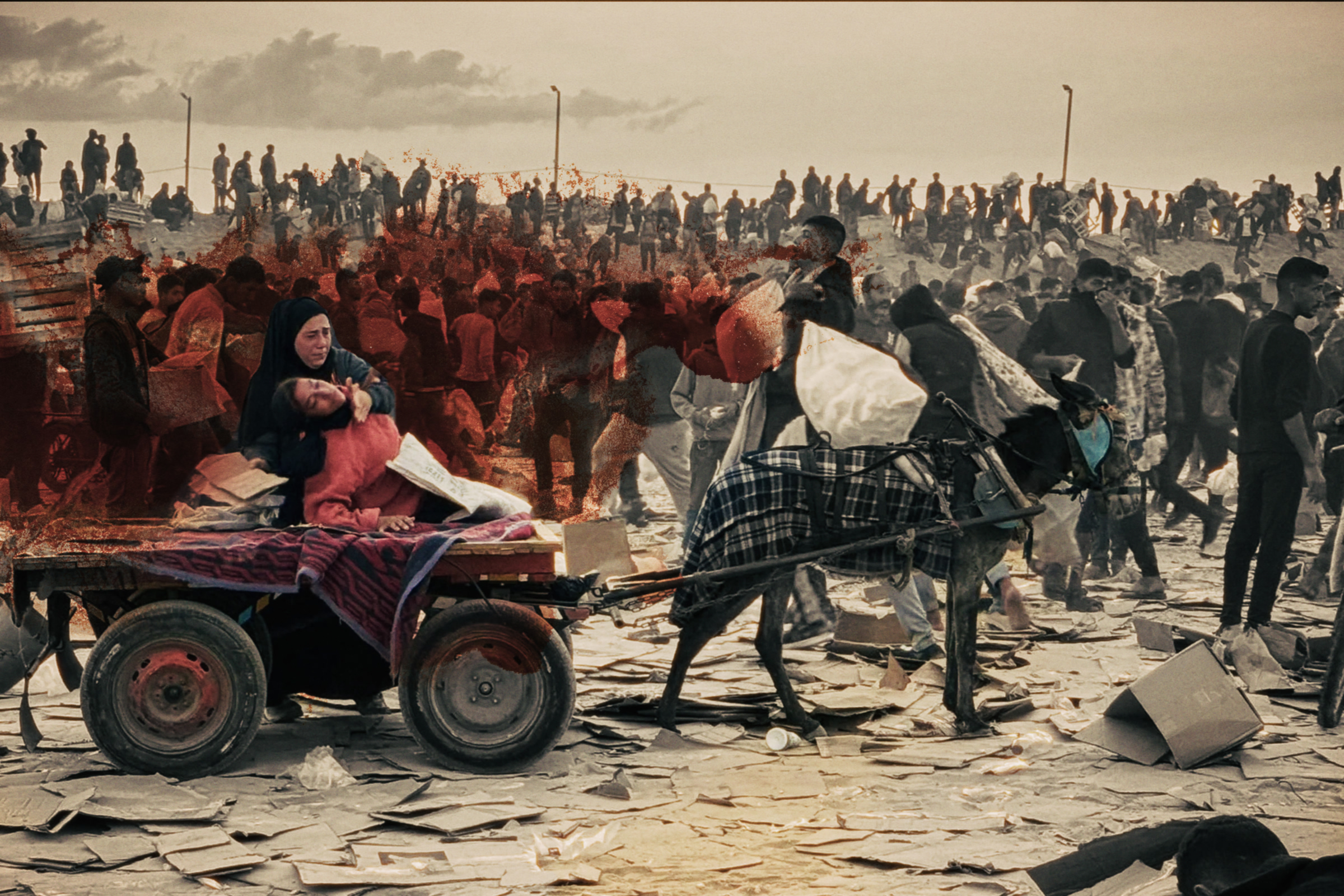Last Updated on May 14, 2023
Video footage captured the massive explosions of a Russian strike on a Ukrainian weapons depot, where Ukraine was reported to be storing depleted uranium shells supplied by NATO. The shells, which were sent to Ukraine to attack Russian tanks, are radioactive and known to cause massive outbreaks of cancer and birth defects while turning the places where they’re detonated into a wasteland.
According to statements from the Russian military, the May 12th missile and drone attack destroyed an ammunition stockpile depot and a flight hangar at the Starokostyantyniv Airbase in the Western Ukrainian city of Khmelnytskyi. Ukrainian military officials have confirmed that the attack took out “critical infrastructure,” but have stopped short of admitting that the strike took out a massive stockpile of depleted uranium munitions supplied by NATO.
“Some sources, with a high degree of certainty, report that the recent Russian strike on a military target in Khmelnytskyi hit a very large stockpile of depleted uranium ammunition,” reported @onlydjole, a Serbian Twitter account that shares updates on the Russo-Ukrainian War from on-the-ground sources.
In video footage of the explosion posted by @onlydjole to Twitter, a massive mushroom cloud resembling those seen in nuclear strikes rose from the munitions depot as the apparent stockpile of depleted uranium shells exploded.
https://twitter.com/onlydjole/status/1657808124030382086
Additional reports corroborate the claim that a massive depleted uranium stockpile had detonated by examining gamma radiation levels recorded in the area.
“A clear spike in gamma radiation was detected in Khmelnitsky[i] on or about May 12th, with emission continuing to rise the following day and remaining at the elevated level thereafter,” research by Gleb Georgievich Gerasimov revealed, adding that the finding “indicates that there was [a] very large stockpile of the DU munitions that was destroyed, raising the uranium dust into the air.”
Slavyangrad reports:
“Further Khmelnitsky Depleted Uranium Update.
Excellent research by Gleb Georgievich Gerasimov.
A clear spike in gamma radiation was detected in Khmelnitsky on or about May 12th, with emission continuing to rise the following day and remaining at the… pic.twitter.com/8suutAFz1I
— Zlatti71 (@Zlatti_71) May 14, 2023
National File reported in March on NATO’s delivery of depleted uranium shells to Ukraine, which are officially coming from the United Kingdom but have been reported to unofficially be supplied by the United States as well.
NATO, led by the United States and Britain, is delivering depleted uranium shells to Ukraine in an unprecedented act of escalation in the Eastern European territorial conflict. Depleted uranium shells are radioactive and known to cause massive outbreaks of cancer and birth defects while ruining the land that they detonate on and around for generations.
The delivery of armor-piercing, cancer-causing depleted uranium shells to Ukraine comes as NATO continues its escalation of the ongoing Russo-Ukrainian Conflict. Far from an ordinary weapon of war, Uranium depleted munitions are part of the nuclear weapon family and are known to massively harm civilian populations. They could turn the contested Donbas region into a wasteland.
…
Depleted uranium munitions were used in the Iraq War, and horrifying images available online document the life-altering and often fatal effects civilians face in their wake. In some cases, babies whose mothers were affected by the munitions are born with multiple extra limbs and other severe disfigurements.
Russian President Vladimir Putin spoke out against the delivery of the shells, warning that the United States, England, and NATO have crossed a red line and that “Russia will have to respond accordingly.”




















